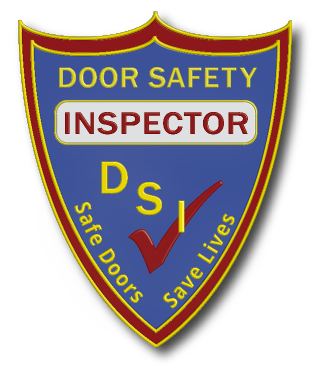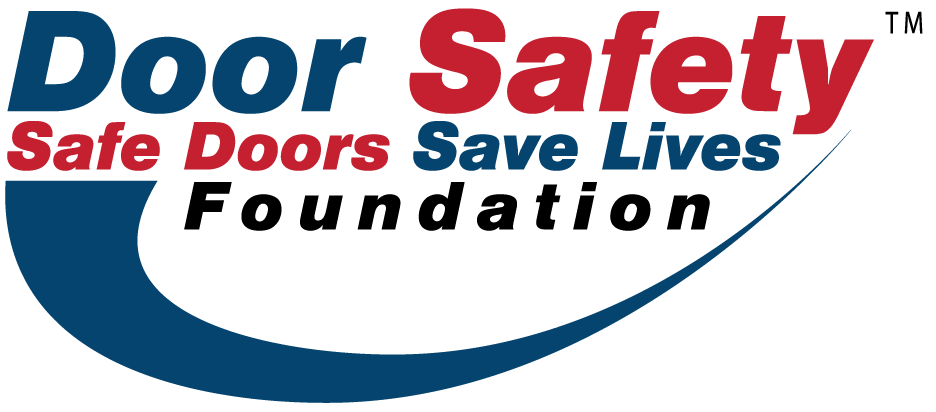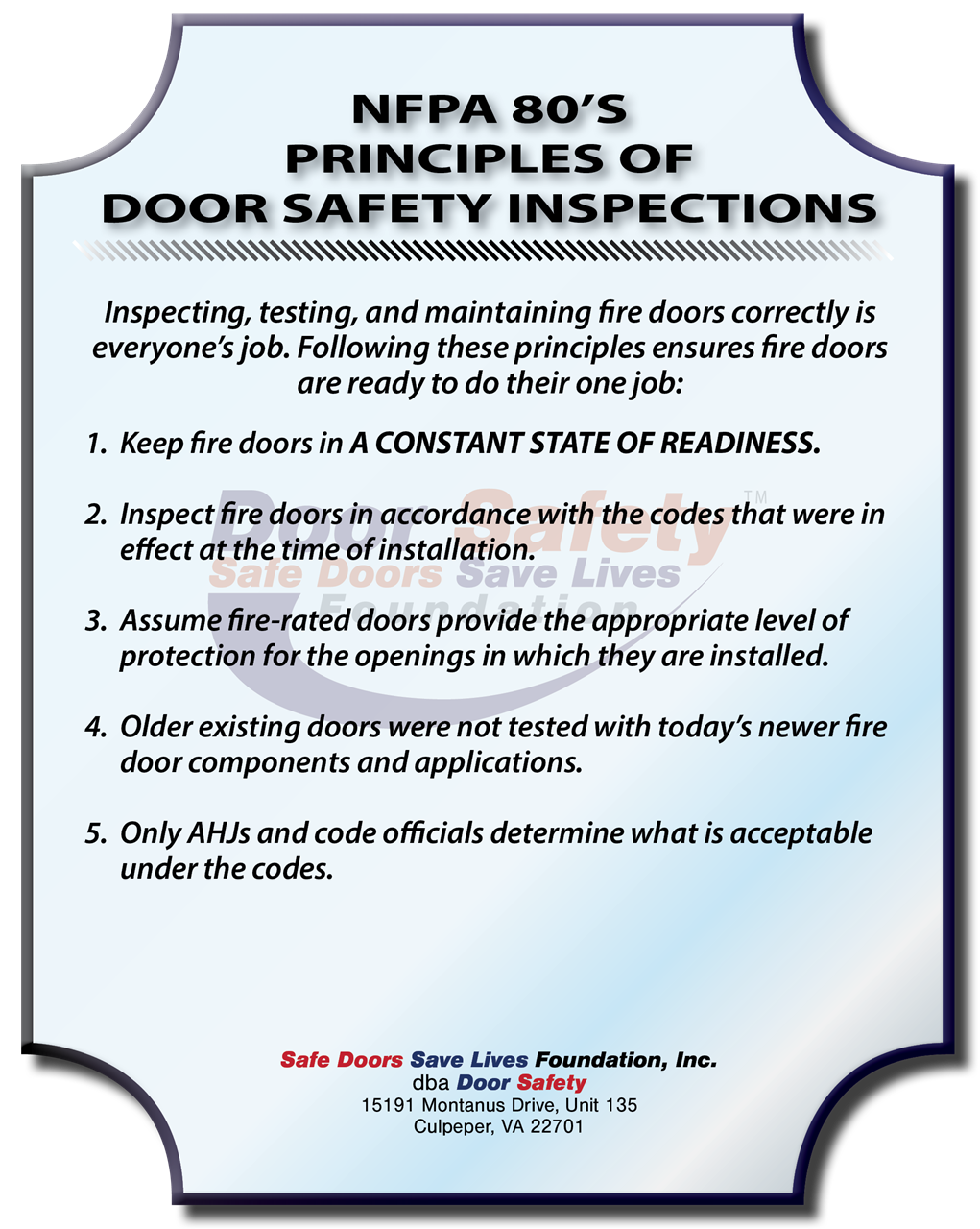Welcome to the Safe Doors Saves Lives Foundation! Door Safety, LLC, is in the final phase of transitioning into the Safe Doors Saves Lives Foundation, Inc (SDSLF). The SDSLF a Virginia-based non-stock (aka non-profit) educational company. We are in the process of obtaining our 501(c)(3) status from the Internal Revenue Service. IRS Pub 557 indicates that the effective date of our exemption will be retroactive to our date of incorporation which is May 5, 2023. Donations might be tax exempt. In the meantime, we are updating our website, publications, and training materials, and getting everything in place. Our website will continue using the DoorSafety.com domain; the DoorSafety.org domain also brings you to us here. |
 Our Live Online DSI Training & Certification Class Spring 2024 is Underway.
Our Live Online DSI Training & Certification Class Spring 2024 is Underway.
Meeting Tuesdays and Thursdays at 4 pm (Eastern) Through April 25th.
Register Now to Join Us!
Click Here for more information.
(Recordings of each class session are posted on our LMS.)
Here's a short clip from our first session:
Here are clips from last year's Spring 2023 Live Online DSI Training & Certification Class:
Are you looking for the Fire Protection Research Foundation's (FPRF) reports on their
Door Gaps Around and Under Swinging Fire Doors research project?
Available Now!
|


